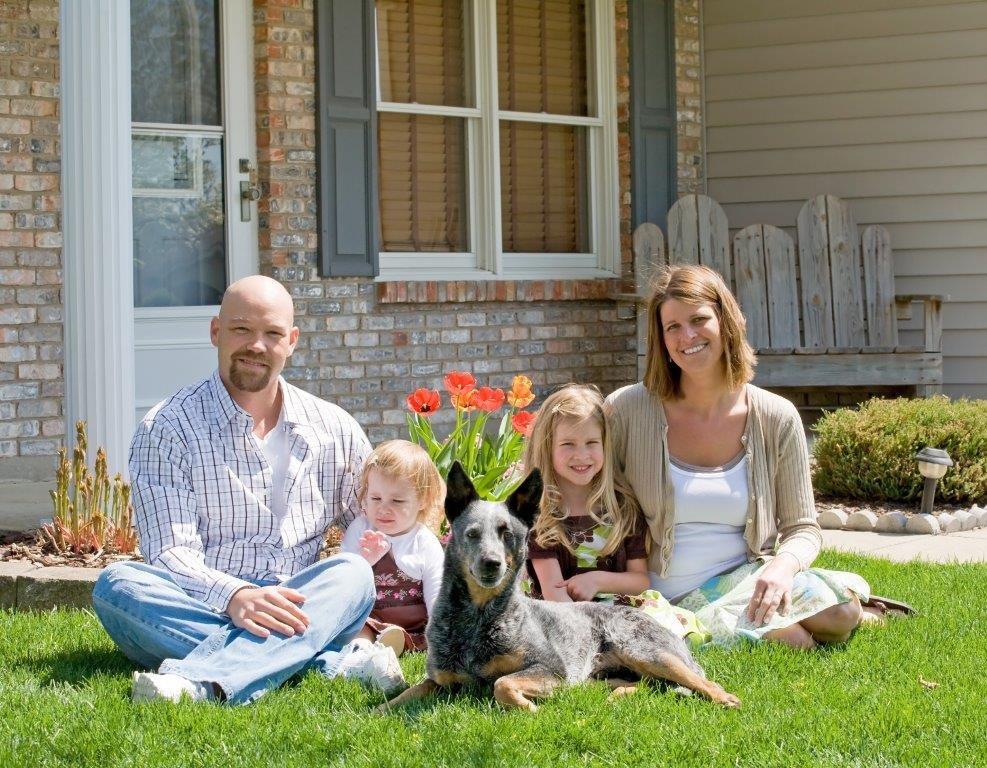
Parents, children, pets, and the homes we live in are aging every day and collectively, we are aging in place so it requires that we approach aging in place strategically rather than just letting it happen.
Age is irrelevant
The term age (or aging) in place may suggest, for some people, that this is for seniors or older adults. That simply is not true. Yes, older adults are aging in place, but so are the very youngest of us, and everyone else.
So, the question arises as to when we start aging in place. On the one hand, we are and always have been aging in place – from birth really. We weren’t always in control of our living environment, but we often could control how we responded to where we were. On the other hand, we might say that we are aging in place when we are conscious of the fact that we are growing older and remaining in the same home environment where we have been. Both are correct, but the first is really the essence of aging in place.
Our needs are varied
The essential question is when do we start to age in place, and the answer is that we always have been doing so – even though many of us were unaware of it or not focused on it. Then comes the next question which is how do we get ready for it or adapt to accommodate our changing life needs and conditions. And there is no one-size-fits-all approach for aging in place. It’s very personal.
Each person has different needs. Some people are challenged with their vision, hearing, balance, use of their arms or legs, or cognition. Some are relatively able-bodied while others have obvious limitations in how they get around in and use their living space. Some use assistive devices such as wheelchairs, canes, or walkers.
Whether any of those conditions were present at birth or they happened at some point later, aging in place still takes them into account by addressing those needs and moving forward from there. Some people will have future needs that are not present currently.
Aging in place is natural
Aging in place occurs naturally, whether we do anything positive to assist it or not. Therefore, it’s in our best interest to recognize that we are aging in place in our current homes and to make sure that those dwelling spaces provide the most comfort, accessibility, and safety they can for us and the others who share our space with us.
Some people will make minor modifications to the living space just in the normal course of maintaining a healthy and functional living environment, but many others will need help identifying what can be done and assisting them with completing the improvements suggested. That’s when a Certified Aging In Place Specialist can be beneficial.
